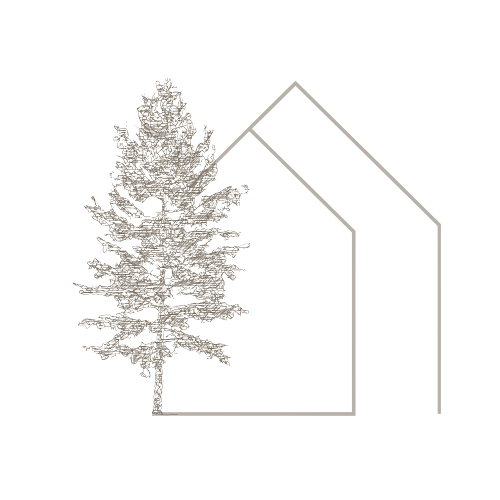Watering
All plants will need watering regularly during their growth period to thrive.
How many times do I need to water my plants?
During the summer months, your outdoor planter will need watering daily, given that they are located in the full sun.
During the cooler months, once or twice a week is sufficient, given no rainfall.
A good rule of thumb is to stick your finger 1-2 inches into the soil to see if the plants need water. If the soil is dry, it is time to water


Sunlight
During a consultation, we will determine the light conditions, which will determine what types of plants can be planted.
Full sun (6-8 hours each day)
Partial sun (4-6 hours indirect light) to
Full shade (less than 4 hours).
If plants are incorrectly planted, disregarding lighting conditions, plants may not bloom, thrive, or may end up dying due to conditions.
Flower Care
During the summer, to get the most out of a flowering plant, the best is to fertilize and “pinch”.
If you notice your blooms have extinguished, gently “pinch” at the base of the stem, and it will help the plant regenerate, bringing you more blooms throughout the season.


Fertilizer
Depending on the plant, shrub, or tree, each needs different types of fertilizer with different pH.
You will often see three numbers on fertilizers: 10-10-10
The numbers are the percentage of Nitrogen, Phosphorus, and Potassium.
The first number relates to foliage growth, the second number represents blooms, and the third is relative to plant health.
Fertilizing is often given during the growing season (when there is most sunlight in a year, spring to summer).
For outdoor containers, we recommend using water-soluble fertilizer for best results.
Pruning
Always Prune With Purpose
1. Prune at the Right Time
The best time to prune is when plants are in/near “hibernation”.
This means from autumn (as early as October) to winter (try not to prune after March).
Pruning during the growth and blooming season can cause shock to plants. This can lead to fewer flowers, stripping of nutrients, and death of plants if done wrong.
Plants are often pruned:
Hydrangeas
Grasses
Trees & Shrubs
2. Don’t Over Do It
Removing too much at once can stress your plant.
As a general rule, don’t remove more than 1/3 of a plant’s growth at a time unless you’re doing a hard rejuvenation prune.
3. Cut Smart
Make cuts just above a node (the point where leaves or branches grow) and angle them away from the bud to allow water to run off.
4. Call an Arborist for Big Jobs
If you need to prune large trees, hire a certified arborist (ISA). Cutting trees the wrong way can damage them—and even cause property damage.


